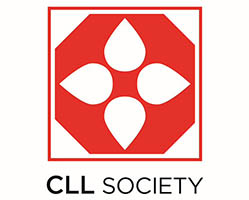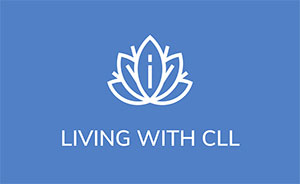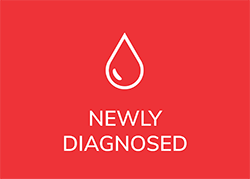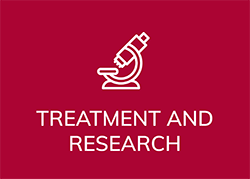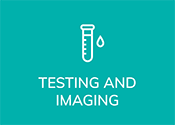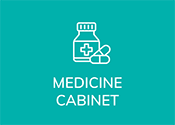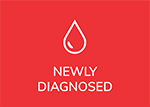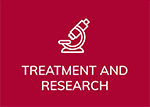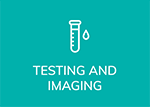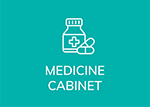Glenn Sabin has a well-documented medical history describing how his radical change in diet, exercise, use of herbs and supplements, and general life and stress management knocked back his chronic lymphocytic leukemia not once, but twice.
His book N of 1 tells this story in more detail. We make no implication that you would have similar results if you made similar changes.
Please enjoy this 3-minute video as a brief introduction to his “spontaneous CLL remission”, a journey that began almost 3 decades ago.
The CLL treatment landscape has radically improved since Glenn was diagnosed and we are hopeful that the general medical knowledge has as well.I hope that no one today would alarm him with such a grim prognosis. I must wonder if Glenn’s chosen path would have been different since now considering that the vast majority of us can avoid chemo, which was his only obvious option back then Still, it is a remarkable and relevant tale.
Our presentation of this story is in no way meant as a recommendation of Glenn’s approach, simply our sharing of an upbeat case, reported by a friend, who used nonconventional methods to beat the odds, andas Glenn would say, he made his body “as inhospitable to cancer as possible”.
A few cases of spontaneous remission in CLL have been reported in peer reviewed settings.
His is another. Enjoy.
